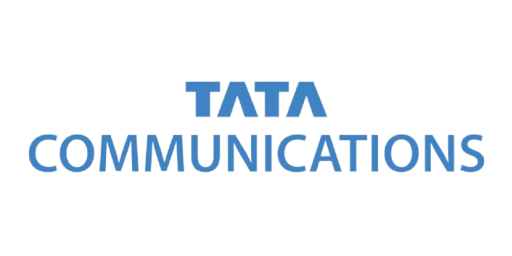SOLUTIONS
Elevating Possibilities Through Technology Solutions.
- Storage and Backup
- Compute & Virtualization
- Network Solution
- Information Security
- Video Surveillance
- Cabling Solution
STORAGE AND BACKUP
STORAGE AND BACKUP

Information security is about safeguarding sensitive data from unauthorized access or harm through practices, policies, and technologies to maintain its confidentiality, integrity, and availability.
Unified storage is a platform with storage capacity connected to a network that provides file-based and block-based data storage services to other devices on the network.
Software-defined storage (SDS) is a marketing term for computer data storage software for policy-based provisioning and management of data storage independent of the underlying hardware.
Backup and recovery refers to the process of backing up data in case of a loss and setting up systems that allow that data recovery due to data loss. Backing up data requires copying and archiving computer data, so that it is accessible in case of data deletion or corruption.
A disaster recovery plan (DRP) is a documented process or set of procedures to execute an organization’s disaster recovery processes and recover and protect a business.
The biggest difference between these two systems is how they are deployed. Cloud-based software is hosted on the vendor’s servers and accessed through a web browser. On-premise software is installed locally, on a company’s own computers and servers.
Business continuity can be defined as the processes, procedures, decisions and activities to ensure that an organization can continue to function through an operational interruption.
VIRTUALIZATION
VIRTUALIZATION

Compute powers computers, virtualization enables multiple environments on one machine, HCI integrates data center resources for simplicity and efficiency.
Storage virtualization abstracts and pools storage for efficiency, while desktop virtualization centralizes and secures desktops on servers for remote access.
Server/render farms are clusters of interconnected computers used to efficiently process and render complex tasks such as 3D rendering, video editing, or scientific simulations.
HPC, or High-performance computing, refers to the use of powerful computing systems and specialized software to tackle complex and resource-intensive tasks, often involving scientific research, simulations, or data analysis, at exceptionally high speeds and precision.
Network virtualization is the practice of abstracting and creating virtual networks that operate independently within a shared physical network infrastructure, enabling efficient resource allocation and management, improved security, and flexibility in network configurations.
Hyper-converged compute infrastructure (HCI) is a consolidated data center solution that combines compute, storage, and networking resources into a single software-defined platform, simplifying management, enhancing scalability, and optimizing resource utilization for modern IT environments.
NETWORK SOLUTION
NETWORK SOLUTION

Network solutions encompass a broad range of strategies, technologies, and services aimed at designing, implementing, securing, and maintaining efficient and reliable computer networks to facilitate data communication, connectivity, and collaboration within an organization or across the internet.
Core routing manages efficient data flow within the network core, while edge routing secures and connects the network’s periphery, ensuring reliable data exchange.
Data center switching involves the use of high-performance network switches designed for data centers to connect servers, storage, and other resources, optimizing data traffic, enhancing scalability, and ensuring efficient data management within a centralized data center environment.
Campus switching pertains to the deployment of network switches within a local area network (LAN) or campus environment, connecting devices like computers, printers, and access points to enable efficient data communication and resource sharing within an organization or educational institution.
A Wi-Fi network, short for Wireless Fidelity network, is a wireless communication system that allows devices like computers, smartphones, and IoT devices to connect to the internet and communicate with each other using radio waves, providing wireless internet access and connectivity within a specific area or location.
SD-WAN is a software-driven technology that improves wide area network performance, flexibility, and cost-effectiveness by dynamically managing traffic based on application requirements and network conditions.
Bandwidth optimization refers to the process of maximizing the efficiency and utilization of available network capacity to ensure optimal data transfer rates and network performance, often achieved through techniques like compression, caching, and traffic shaping.
A load balancer is a device or software application that evenly distributes network traffic across multiple servers or resources, ensuring efficient utilization, minimizing downtime, and enhancing the availability and responsiveness of applications or services.
A Software-Defined Network (SDN) is a network architecture where network control is separated from hardware and implemented through software, allowing for centralized network management, automation, and dynamic configuration, thereby increasing network agility and adaptability.
Technology Partners

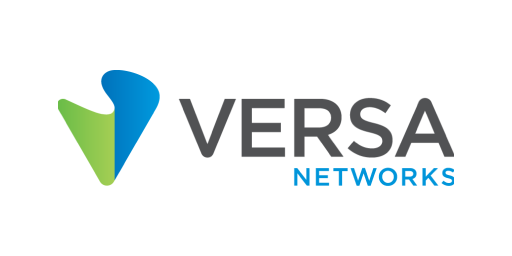
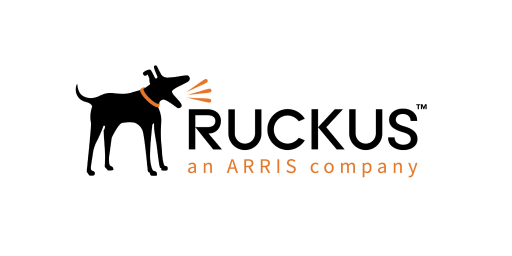
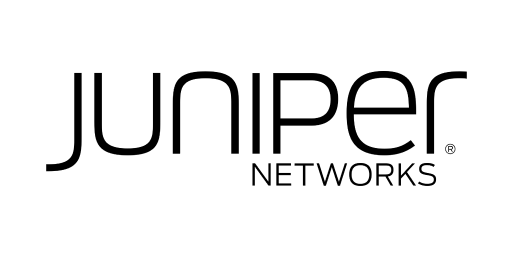

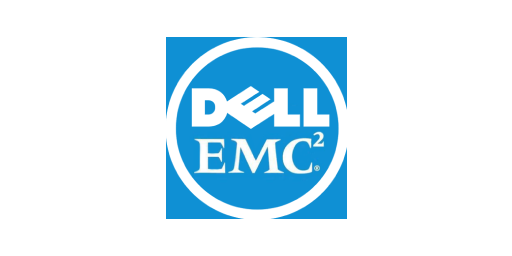

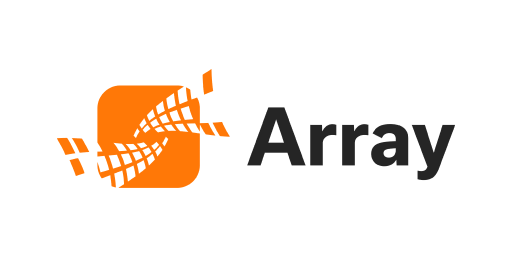
INFORMATION SECURITY
INFORMATION SECURITY

Backup storage refers to a storage device, medium or facility that is used for storing copies and instances of backup data. Backup storage enables the maintenance, management, retrieval and restoration of backup data for any individual, application, computer, server or any computing device.
Unified Threat Management (UTM) solutions are comprehensive security systems that combine various security features into a single integrated platform, typically including firewall, antivirus, intrusion detection and prevention, content filtering, and more. These solutions offer simplified management and protection against a wide range of cyber threats, making them ideal for businesses seeking robust cybersecurity measures.
SSL Inspection (SSLI) ensures security in encrypted traffic, while DDoS solutions protect against overwhelming attacks, collectively enhancing cybersecurity.
A Web Application Firewall (WAF) is a security solution designed to protect web applications from various online threats and attacks by monitoring, filtering, and controlling incoming and outgoing web traffic, safeguarding the application from vulnerabilities and attacks like SQL injection and cross-site scripting.
Endpoint Protection refers to a cybersecurity approach that focuses on securing individual devices (endpoints) such as computers, smartphones, and tablets. It involves deploying security software or agents on these devices to protect them from malware, unauthorized access, data breaches, and other cyber threats, ensuring the overall security of an organization’s network and data.
SSL Visibility & Decryption is a cybersecurity practice that involves inspecting and decrypting SSL/TLS-encrypted network traffic to detect and prevent potential threats hidden within secure connections. This process enhances security by allowing security systems to analyze the content of encrypted traffic and identify any malicious activities or vulnerabilities, ensuring comprehensive protection for the network and its users.
Cloud security focuses on safeguarding data, applications, and resources hosted in cloud environments. It encompasses a set of policies, technologies, and practices designed to protect cloud-based assets from unauthorized access, data breaches, and other cyber threats, ensuring the confidentiality, integrity, and availability of cloud services and data.
Technology Partners

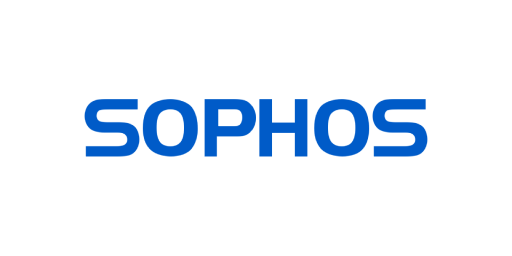
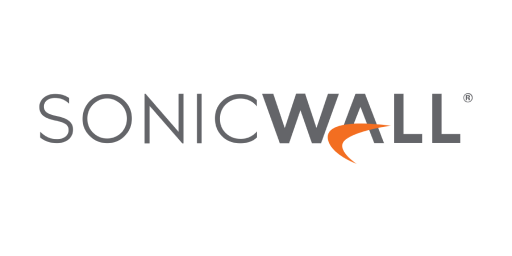
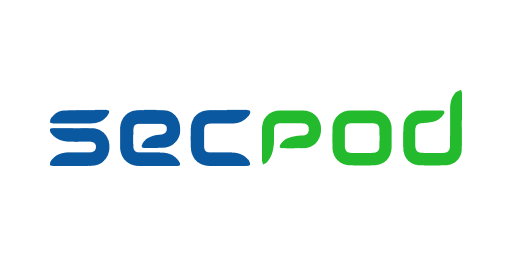




VIDEO SURVEILLANCE
VIDEO SURVEILLANCE

Video surveillance involves the use of cameras and recording systems to monitor and capture visual information in specific areas or environments for security, safety, and monitoring purposes. It’s commonly used in various settings such as homes, businesses, public spaces, and institutions to deter crime, enhance safety, and provide evidence in case of incidents or security breaches.
Network cameras, often referred to as IP cameras, are digital cameras designed to capture and transmit video and audio data over computer networks and the internet. They provide remote monitoring capabilities, allowing users to access live or recorded video feeds from these cameras through web browsers or dedicated software applications, enhancing surveillance and security systems.
Video encoders are devices or software applications that transform analog video signals (from analog cameras) into digital formats. They encode the analog video into digital streams, making it compatible with IP-based network systems and enabling the integration of analog cameras into modern IP surveillance and video management systems. This allows for more flexibility and scalability in video surveillance setups.
Network video recorders (NVRs) store and manage digital video from IP cameras, enhancing video surveillance systems with scalability and advanced features.
Network audio systems use IP technology for flexible and centralized audio signal distribution and management across various applications.
Video management software (VMS) is a computer program or application designed to manage, control, and analyze video feeds from surveillance cameras and other video sources. It provides features like video recording, playback, storage management, and remote access, enhancing the functionality and effectiveness of video surveillance systems.
Analytics and other applications in video surveillance include real-time video analysis, access control integration, alarm management, and mobile access, enhancing security and control.
Technology Partners


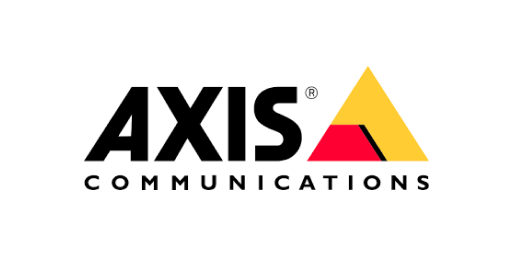
CABLING SOLUTION
CABLING SOLUTION

Cabling solutions involve designing, installing, and maintaining structured systems for data, voice, and video transmission, ensuring reliable connectivity in various applications.
Data center design refers to the planning and layout of a facility that houses servers, storage systems, networking equipment, and other critical infrastructure components. It involves optimizing the physical layout, cooling, power distribution, and security measures to create an efficient, scalable, and reliable environment for hosting and managing data and IT resources.
Data center relocation involves the process of physically moving a data center from one location to another. This complex operation includes planning, logistics, and technical expertise to ensure minimal downtime, data integrity, and the successful transition of IT equipment and services to the new facility.
AV (Audio-Visual) and boardroom solutions pertain to the integration of advanced audio and visual technologies into meeting spaces, such as boardrooms and conference rooms. These solutions involve the deployment of equipment like video conferencing systems, interactive displays, sound systems, and control systems to enhance communication and collaboration during meetings and presentations. They aim to create a seamless and immersive environment for effective communication, presentations, and decision-making.
Fiber to the Desk (FTTD) installations refer to the deployment of optical fiber cabling directly to individual workstations or desks within an office or business environment. This approach provides high-speed and reliable connectivity for data, voice, and other communication needs, offering exceptional bandwidth and performance for end-users. FTTD installations enhance network capabilities and support advanced technologies, making them valuable for modern workplaces requiring robust and efficient connectivity solutions.
Single-mode fiber (OS2) is a type of optical fiber designed for transmitting data over long distances with minimal signal loss. It has a small core size (typically around 9 microns) and is optimized for carrying a single mode (beam of light) of data. OS2 fibers are commonly used in long-haul telecommunications, high-speed data transmission, and applications where low signal attenuation is critical. They offer high bandwidth and are suitable for demanding optical communication needs.
Multimode fibers, including OM3, OM4, and OM5, are used for shorter-distance data transmission in data centers and networks, with OM5 offering enhanced wavelength flexibility.




